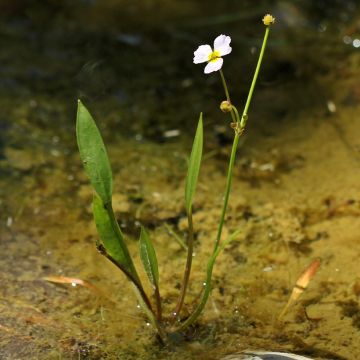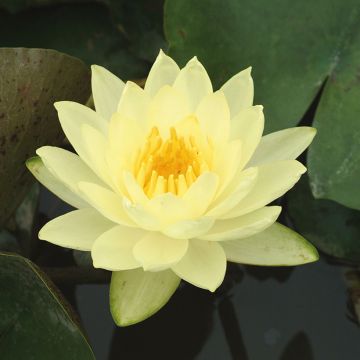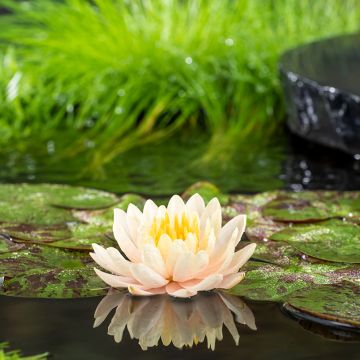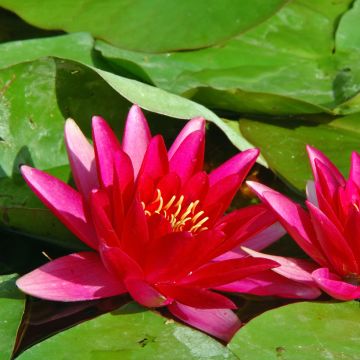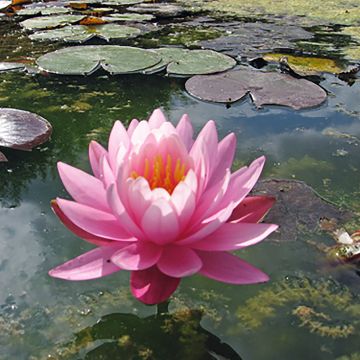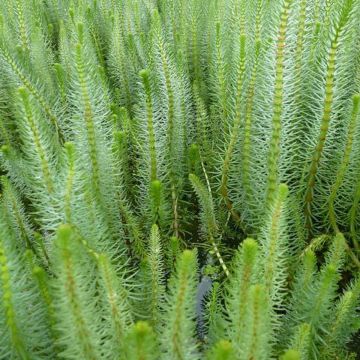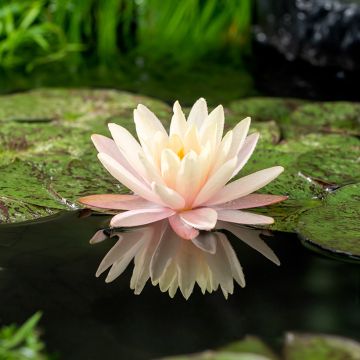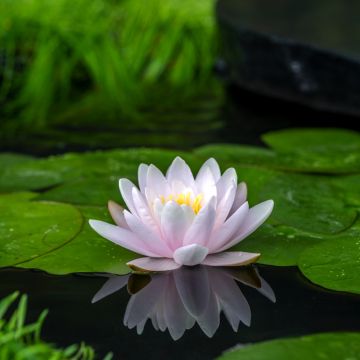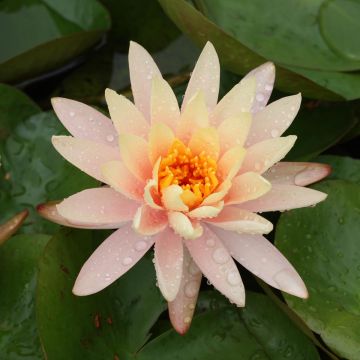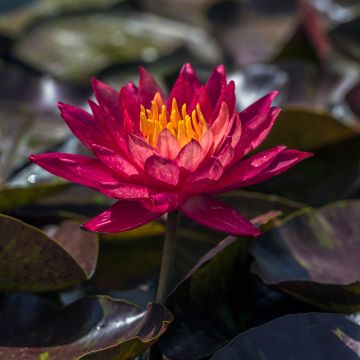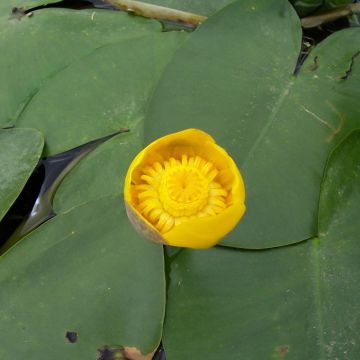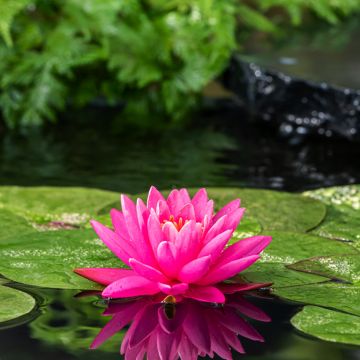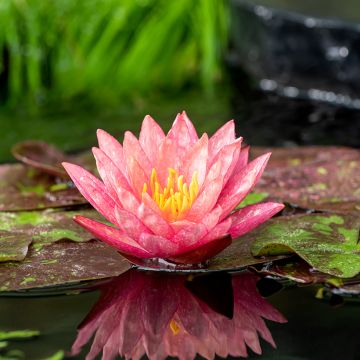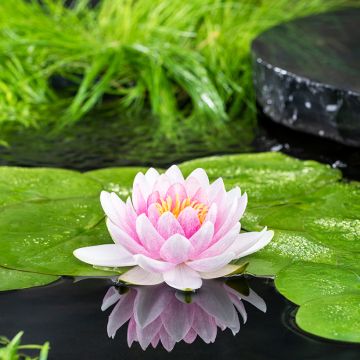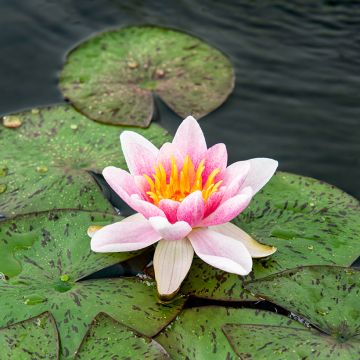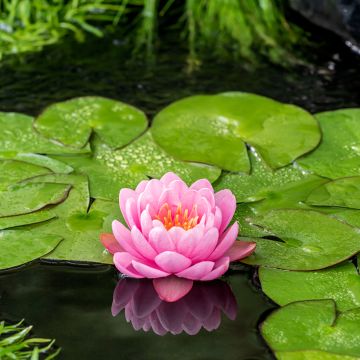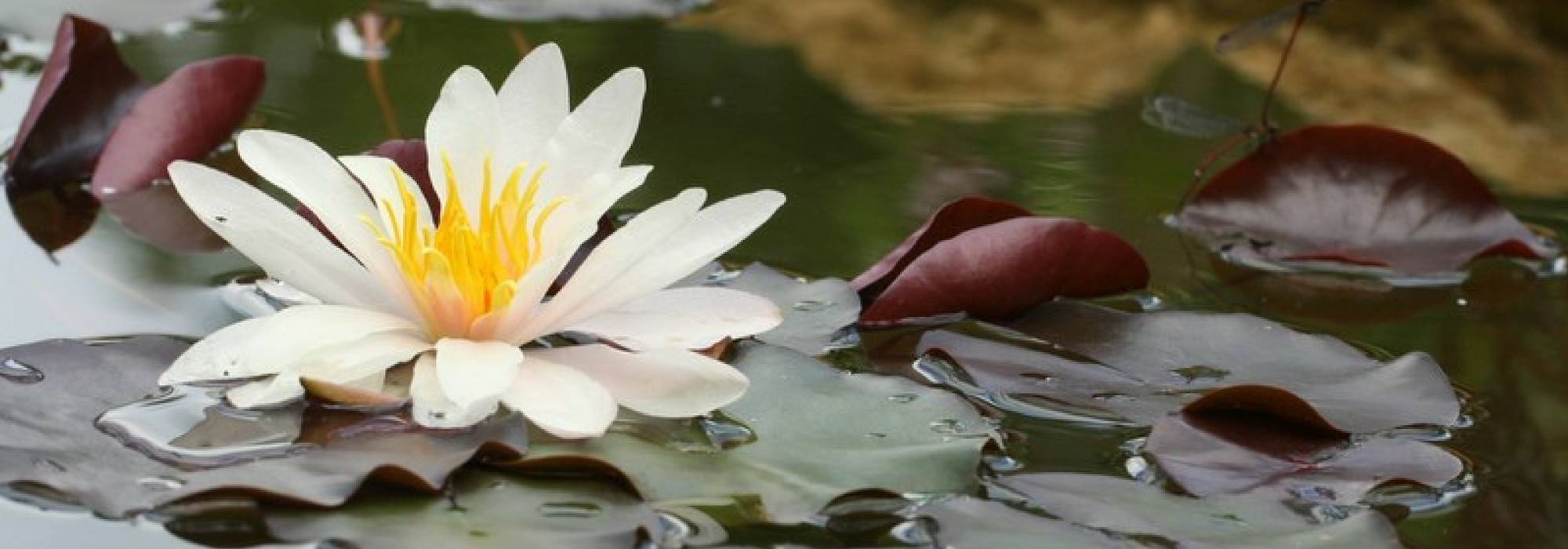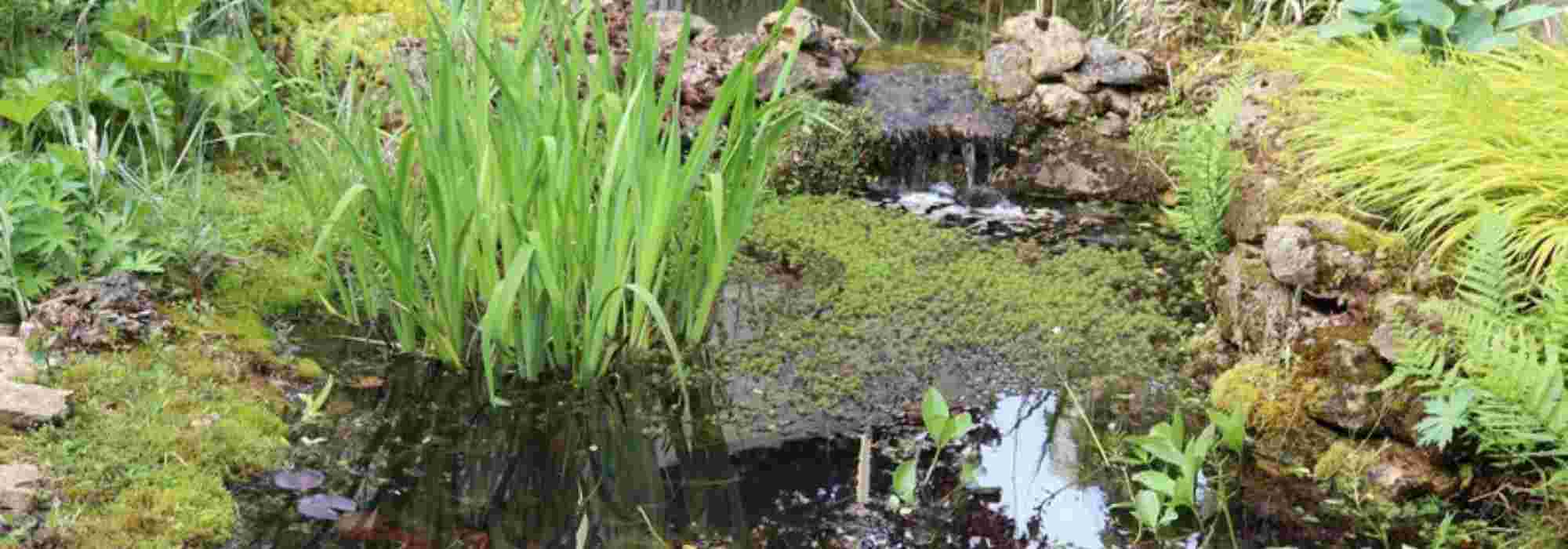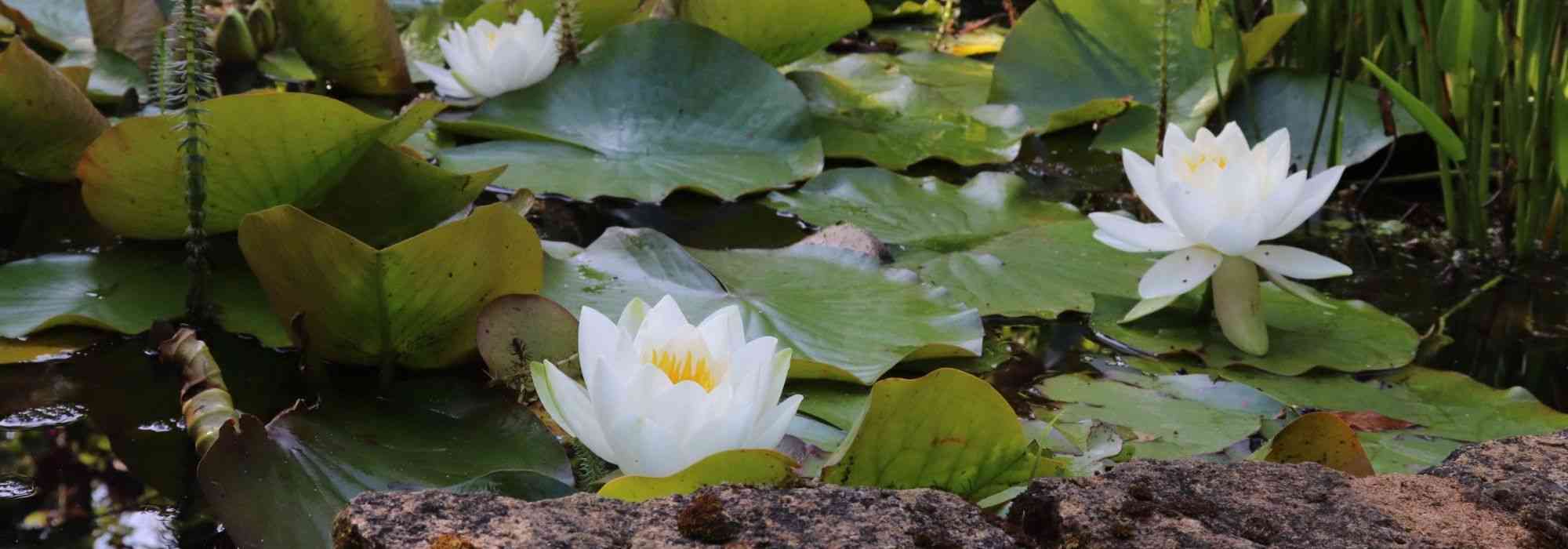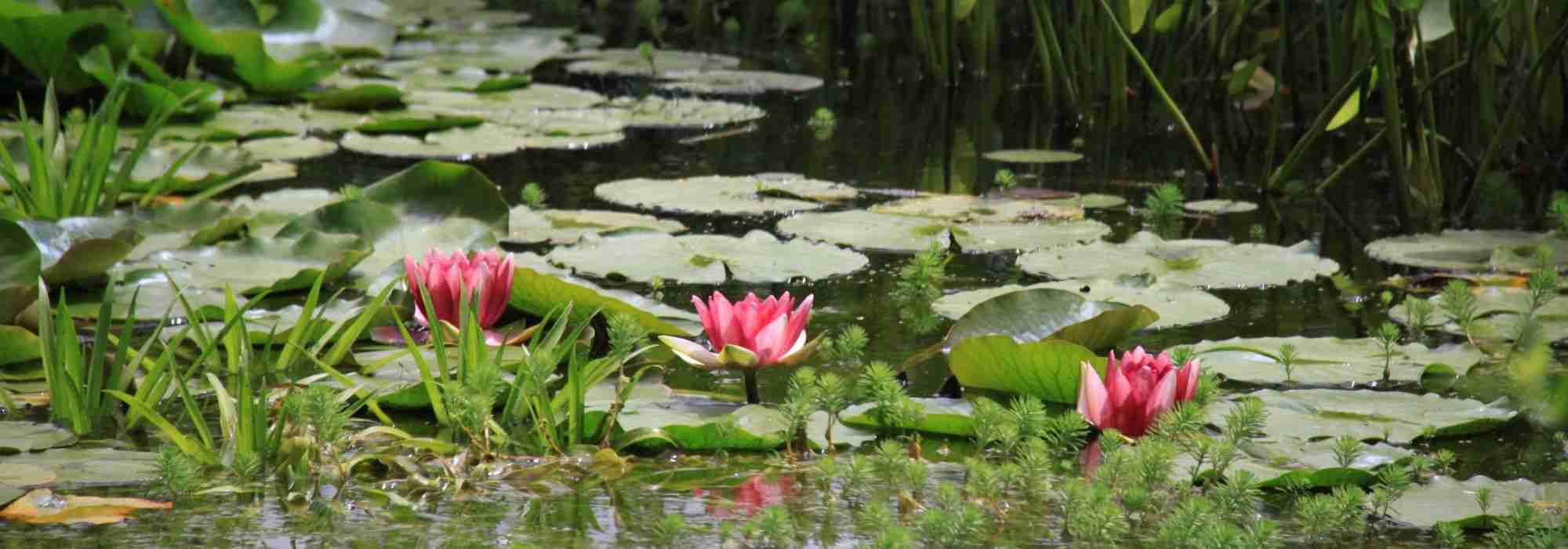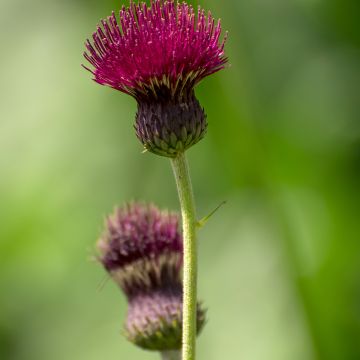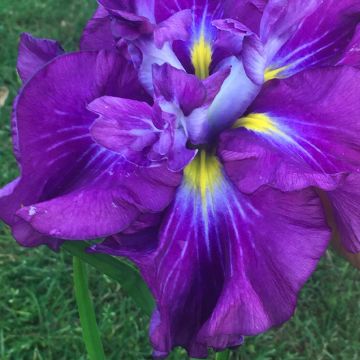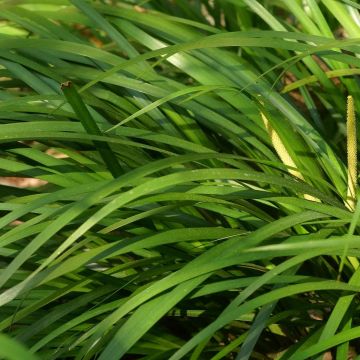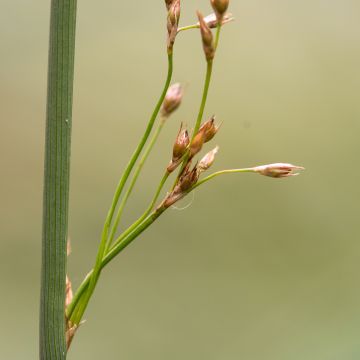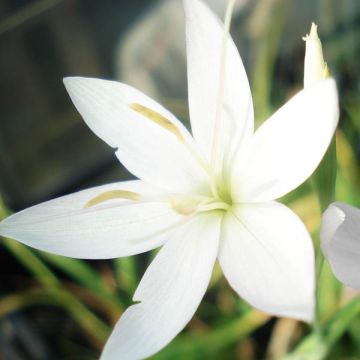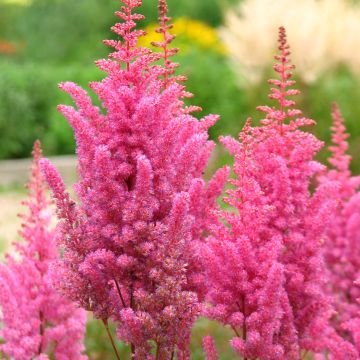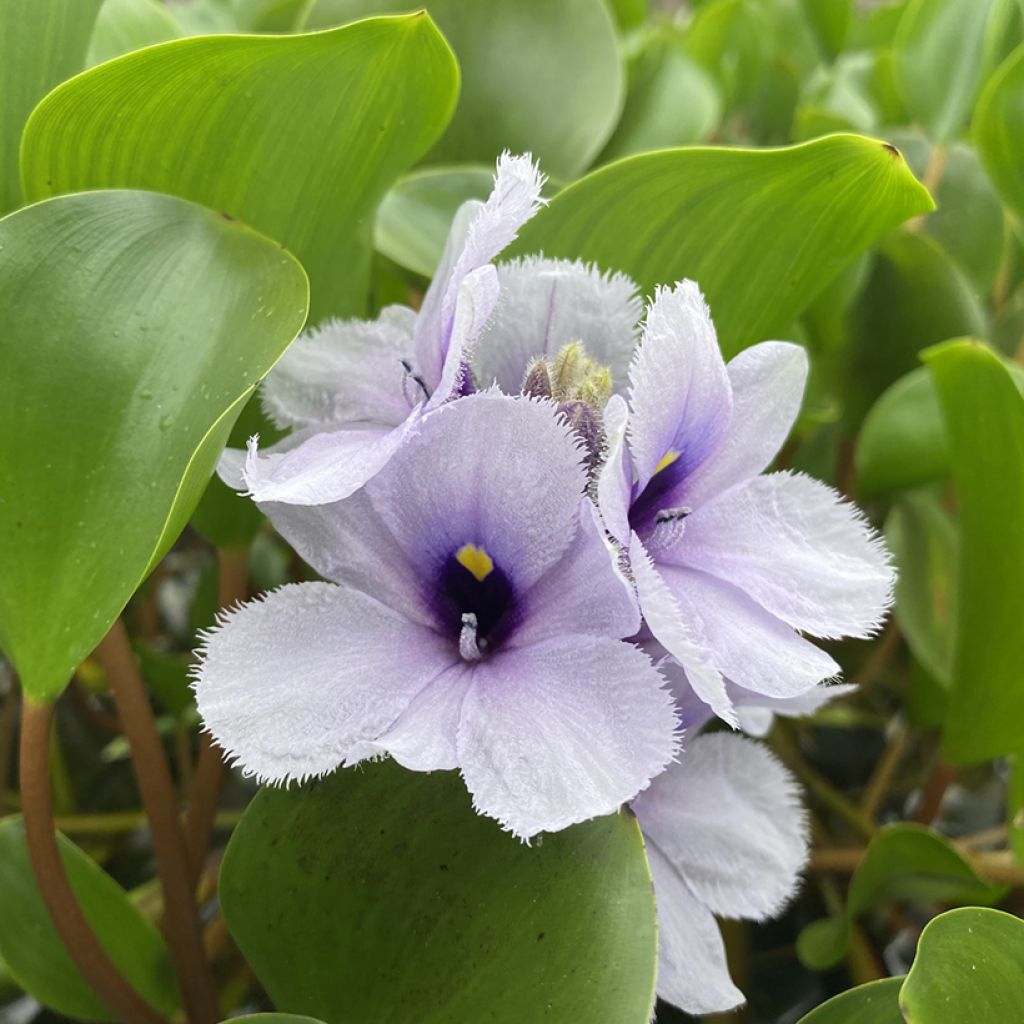

Eichhorna azurea - Water Hyacinth
Eichhorna azurea - Water Hyacinth
Eichhorna azurea
Water hyacinth
Special offer!
Receive a €20 voucher for any order over €90 (excluding delivery costs, credit notes, and plastic-free options)!
1- Add your favorite plants to your cart.
2- Once you have reached €90, confirm your order (you can even choose the delivery date!).
3- As soon as your order is shipped, you will receive an email containing your voucher code, valid for 3 months (90 days).
Your voucher is unique and can only be used once, for any order with a minimum value of €20, excluding delivery costs.
Can be combined with other current offers, non-divisible and non-refundable.
Why not try an alternative variety in stock?
View all →This plant carries a 6 months recovery warranty
More information
We guarantee the quality of our plants for a full growing cycle, and will replace at our expense any plant that fails to recover under normal climatic and planting conditions.
Description
Eicchornia azurea is an aquatic plant appreciated for its long and generous blue-violet flowering that lasts all summer until the first frost. Whether floating or rooted under 20 cm of water, this semi-hardy plant needs sun and warmth to flower well. In mild climates, its vegetation disappears completely in winter and reappears in spring. Elsewhere, place a few specimens in a basin filled with water in a bright and frost-free room.
From the family of Pontederiaceae, the Eichhornia azurea is a freshwater aquatic plant native to South America. It forms vast floating mats like its famous cousin, the water hyacinth, Eichhornia crassipes. Considered invasive in Brazil and French Guiana, you have nothing to worry about in our climates. Our temperatures are not tropical enough for this blue beauty, which perishes below -7 °C. It is a running plant that forms a dense carpet of leaves topped in the summer with clusters of blue flowers. Heterophyllous, the Eichornie azur has leaves of different shapes: the submerged ribbon-like leaves provide an ideal refuge for fish that may be in your pond, while the surface leaves are rounded, offering amphibians and insects a well-deserved resting area. Above the water, inflorescences appear composed of blue-lilac flowers with a deep blue heart maculated with yellow. The flowers are ephemeral but constantly renew themselves from June to October.
Eichhornia azurea will find its place in a sunny pond. Pair it with Lysimachia nummularia, which has numerous yellow flowers. In your pond, don't forget to place some oxygenating plants like Elodea canadensis or Hippuris vulgaris. On the banks, consider irises that also love the sun, such as Iris sibirica 'Not Quite White' with large white flowers or Iris ensata 'Activity' with white and violet flowers.
Report an error about the product description
Eichhorna azurea - Water Hyacinth in pictures
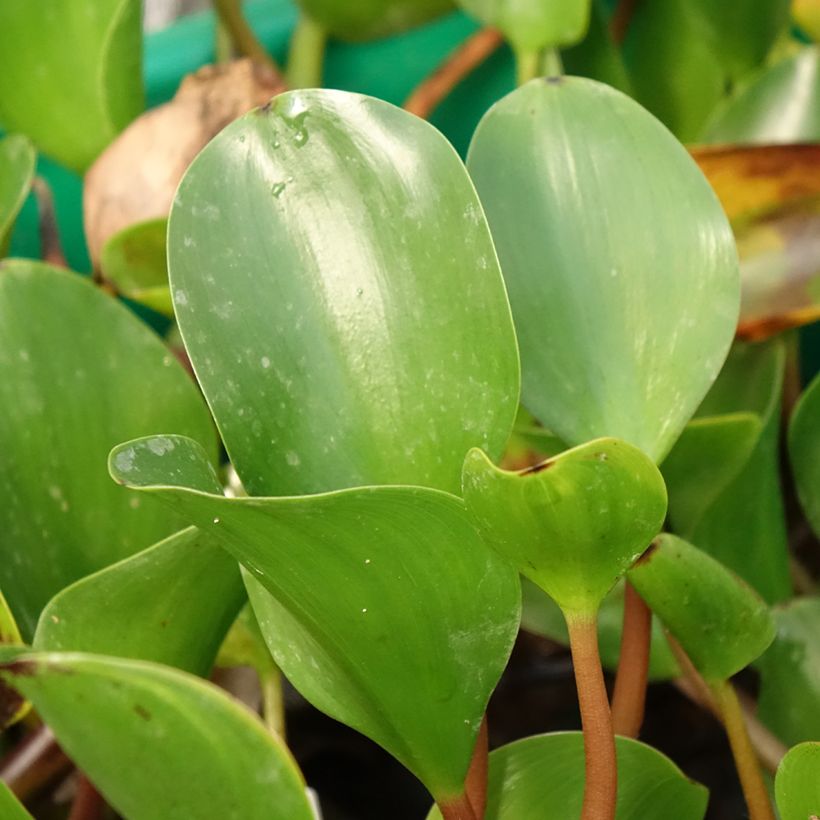

Flowering
Foliage
Plant habit
Botanical data
Eichhorna
azurea
Pontederiaceae
Water hyacinth
Pontederia azurea
South America
Other Aquatic perennials
View all →Planting and care
Eichhornia azurea needs sunlight and warmth to flower well. Plant it in spring when all risk of frost has passed. Place the plant at a depth of 5 to 20 cm in the water. Planting in a perforated basket with a special aquatic plant soil is possible, as it will make it easier to overwinter if necessary. It can also float on the water's surface. It is hardy down to -7°C: the vegetation disappears in winter and re-emerges in the following spring. When it floats and if the planting depth is not sufficient, its cold resistance is reduced. It is then preferable to remove a few plants and store them in a basin filled with water in a frost-free and bright location. Remove faded flowers and yellowed leaves in late autumn. If the plant becomes too cramped in its basket, divide it in May.
Planting period
Intended location
Care
Planting & care advice
This item has not been reviewed yet - be the first to leave a review about it.
Similar products
Haven't found what you were looking for?
Hardiness is the lowest winter temperature a plant can endure without suffering serious damage or even dying. However, hardiness is affected by location (a sheltered area, such as a patio), protection (winter cover) and soil type (hardiness is improved by well-drained soil).

Photo Sharing Terms & Conditions
In order to encourage gardeners to interact and share their experiences, Promesse de fleurs offers various media enabling content to be uploaded onto its Site - in particular via the ‘Photo sharing’ module.
The User agrees to refrain from:
- Posting any content that is illegal, prejudicial, insulting, racist, inciteful to hatred, revisionist, contrary to public decency, that infringes on privacy or on the privacy rights of third parties, in particular the publicity rights of persons and goods, intellectual property rights, or the right to privacy.
- Submitting content on behalf of a third party;
- Impersonate the identity of a third party and/or publish any personal information about a third party;
In general, the User undertakes to refrain from any unethical behaviour.
All Content (in particular text, comments, files, images, photos, videos, creative works, etc.), which may be subject to property or intellectual property rights, image or other private rights, shall remain the property of the User, subject to the limited rights granted by the terms of the licence granted by Promesse de fleurs as stated below. Users are at liberty to publish or not to publish such Content on the Site, notably via the ‘Photo Sharing’ facility, and accept that this Content shall be made public and freely accessible, notably on the Internet.
Users further acknowledge, undertake to have ,and guarantee that they hold all necessary rights and permissions to publish such material on the Site, in particular with regard to the legislation in force pertaining to any privacy, property, intellectual property, image, or contractual rights, or rights of any other nature. By publishing such Content on the Site, Users acknowledge accepting full liability as publishers of the Content within the meaning of the law, and grant Promesse de fleurs, free of charge, an inclusive, worldwide licence for the said Content for the entire duration of its publication, including all reproduction, representation, up/downloading, displaying, performing, transmission, and storage rights.
Users also grant permission for their name to be linked to the Content and accept that this link may not always be made available.
By engaging in posting material, Users consent to their Content becoming automatically accessible on the Internet, in particular on other sites and/or blogs and/or web pages of the Promesse de fleurs site, including in particular social pages and the Promesse de fleurs catalogue.
Users may secure the removal of entrusted content free of charge by issuing a simple request via our contact form.
The flowering period indicated on our website applies to countries and regions located in USDA zone 8 (France, the United Kingdom, Ireland, the Netherlands, etc.)
It will vary according to where you live:
- In zones 9 to 10 (Italy, Spain, Greece, etc.), flowering will occur about 2 to 4 weeks earlier.
- In zones 6 to 7 (Germany, Poland, Slovenia, and lower mountainous regions), flowering will be delayed by 2 to 3 weeks.
- In zone 5 (Central Europe, Scandinavia), blooming will be delayed by 3 to 5 weeks.
In temperate climates, pruning of spring-flowering shrubs (forsythia, spireas, etc.) should be done just after flowering.
Pruning of summer-flowering shrubs (Indian Lilac, Perovskia, etc.) can be done in winter or spring.
In cold regions as well as with frost-sensitive plants, avoid pruning too early when severe frosts may still occur.
The planting period indicated on our website applies to countries and regions located in USDA zone 8 (France, United Kingdom, Ireland, Netherlands).
It will vary according to where you live:
- In Mediterranean zones (Marseille, Madrid, Milan, etc.), autumn and winter are the best planting periods.
- In continental zones (Strasbourg, Munich, Vienna, etc.), delay planting by 2 to 3 weeks in spring and bring it forward by 2 to 4 weeks in autumn.
- In mountainous regions (the Alps, Pyrenees, Carpathians, etc.), it is best to plant in late spring (May-June) or late summer (August-September).
The harvesting period indicated on our website applies to countries and regions in USDA zone 8 (France, England, Ireland, the Netherlands).
In colder areas (Scandinavia, Poland, Austria...) fruit and vegetable harvests are likely to be delayed by 3-4 weeks.
In warmer areas (Italy, Spain, Greece, etc.), harvesting will probably take place earlier, depending on weather conditions.
The sowing periods indicated on our website apply to countries and regions within USDA Zone 8 (France, UK, Ireland, Netherlands).
In colder areas (Scandinavia, Poland, Austria...), delay any outdoor sowing by 3-4 weeks, or sow under glass.
In warmer climes (Italy, Spain, Greece, etc.), bring outdoor sowing forward by a few weeks.































